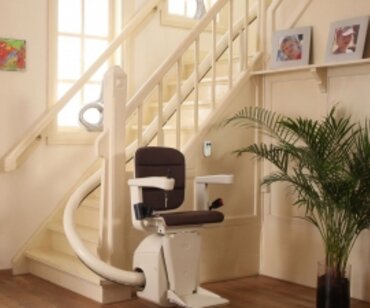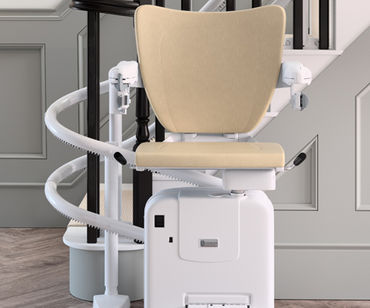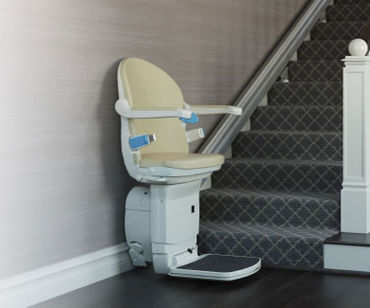7 tips for older people to stay warm this winter

Winter has arrived, and this means the nights are getting colder and whilst the crisp winter days are beautiful, the lower temperatures can be bad for your health.
Cold-related illnesses and even the risk of death to vulnerable older adults can be caused by the winter weather. A report by the Office for National Statistics reveals that there were around 50,100 winter deaths in England and Wales in 2017-18, which is the highest since 1975-76.
This just demonstrates the importance for older people to stay warm this winter, especially for those of you that suffer from mobility problems and will be predominantly staying in your home. It’s important that you have stairlifts at home and other mobility aids to allow you to move around your house to ensure all parts of it are warm. Read on for more tips to help you stay warm this winter.
Consider a home energy audit
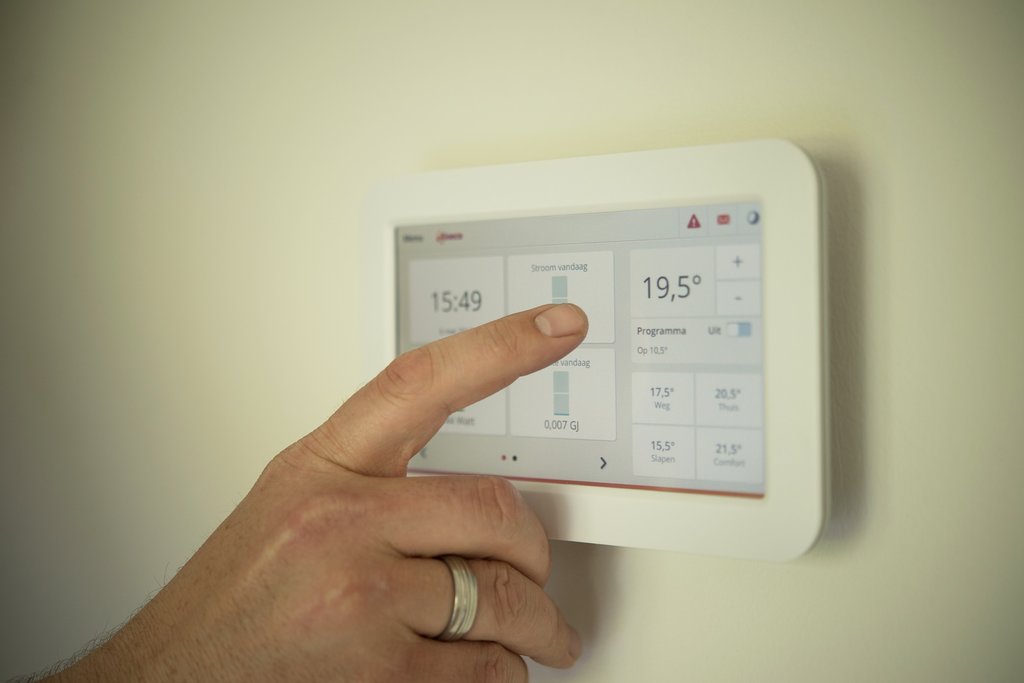
A home energy audit, also known as a home energy assessment, is the first step you should take as this will help you identify how much your home consumes and will look at what measures you can make to make it more energy efficient.
A spokesperson from Fantastic Tradesmen, a one-stop shop for home cleaning and maintenance services, says organising a home energy assessment should be on your bucket list.
“Cold weather increases the risk of flu, lung illnesses, strokes, heart attacks and other diseases. Drops in the temperatures can seriously affect your ability to fight off viruses and infections. These changes can be dangerous especially for some groups, such as older people, very young children, and people with serious medical conditions.
“Consider a home energy audit. This check-up will show you where energy is wasted and will give you suggestions what you can improve.”
Seal your windows and doors
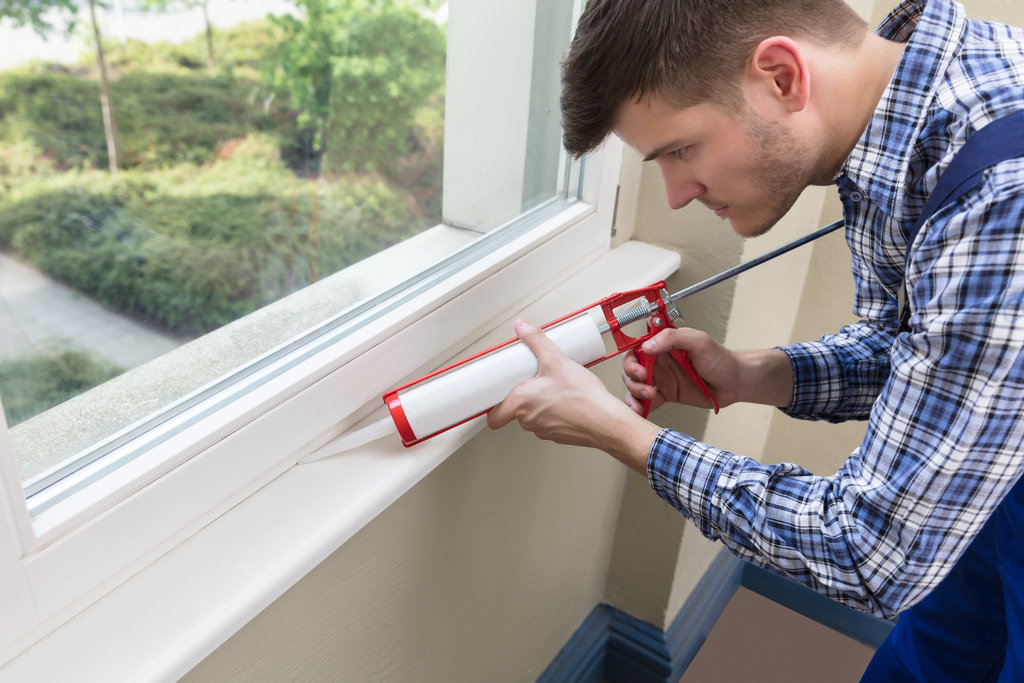
You don’t want to let the outside cold in and windows and doors are often areas of your home where heat is lost and drafts come in.
This is why Bobs Handyman Services recommend you seal your windows and doors. “You can fit draught excluders to your letterbox and also use it to insulate the windows and doors. Door sealers are another nifty trick to stop heat leaking out.
“The same goes for the keyholes so you can install simple keyhole covers that slip over the top. Cat flaps are another spot to take into account when checking for heat leaks. It can be insulated with sheep's wool insulation or other thick pieces of fabric.
“To prevent floor heat loss, it is best to add a protective layer over the floor and either a classic carpet or carpet tiles. If underfloor heating is out of your budget, this is the next best thing to better insulate a property.”
One way to check to see if there is a draught coming from your windows and doors is to put a lit candle by the window or door and see if the flame shivers. If it does then you will need to better seal the source.
Keep your bed warm
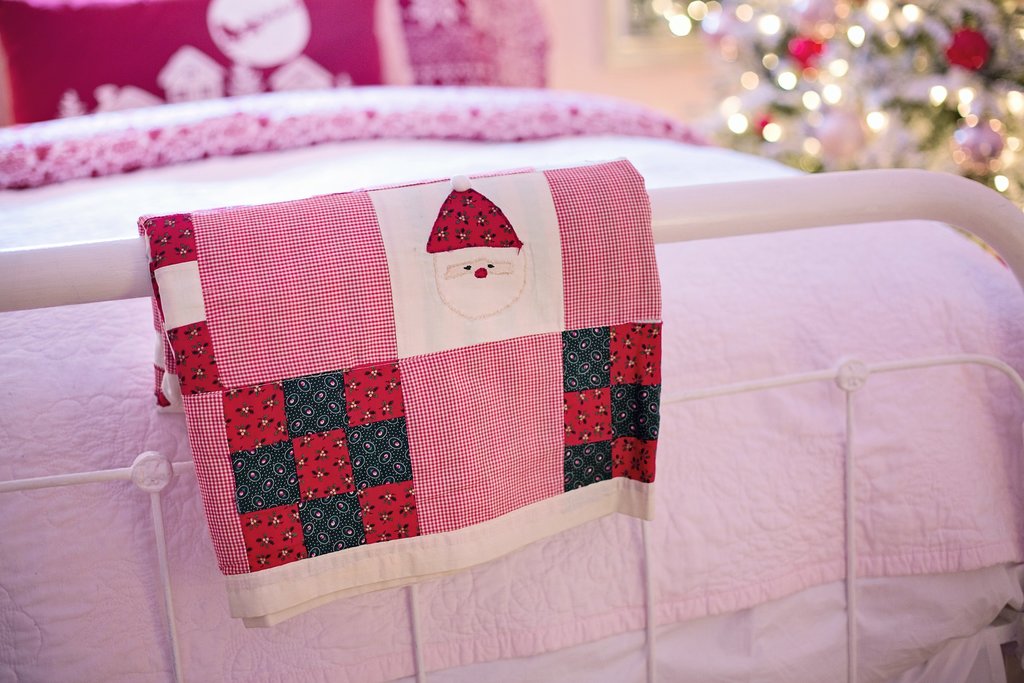
An important tip to stay warm this winter is to keep your bed nice and cosy as there isn’t anything better than curling up in a warm bed.
It is common knowledge that many people suffer sleepless nights because of the cold and there isn’t anything worse than lying in bed shivering.
With temperatures at their lowest in the early hours, many people find it too cold to get a good night’s sleep.
Lisa Artis of The Sleep Council tells us just how important it is to get a good night’s sleep, “Just one night of interrupted sleep negatively affects mood, attention span and cognitive ability. Each hour of sleep lost per night is associated with a temporary loss of one IQ point. Chronic sleep debt can have a seriously damaging effect on our mental and physical health. Lack of sleep suppresses your immune system making you more prone to coughs, colds and other illnesses.”
If you are wondering how you can keep your bed warm this winter, then these tips from Lisa Artis will help.
“Keep the bedroom warm, but not too hot, and free from draughts. The ideal bedroom temperature is around 16-18 degrees Celsius. However, older people may find they need the bedroom to be a little warmer.
“Avoid a saggy bed. It may be nice to cuddle up for warmth but it can be very uncomfortable and clammy when you are thrown together by a bed that isn’t giving you the correct support.
“Look out for mattresses which have a warmer side for use during the winter. Use a fleecy under-blanket to retain the heat.
“Wear bed socks – keeping your feet warm will help keep all of you warm.
“Choose a duvet with a high tog rating or use several layers of bedding rather than one single layer. Layers will trap warm air and are easily removed if you get too hot.
“A hot water bottle is an ideal way to keep warm once in bed. Make sure it has a cover on it to avoid scalding and also so that it won’t feel cold in the middle of the night.
“Electric blankets are ideal. Under-blankets will warm the bed up before you retire for the night, while over-blankets maintain a constant temperature throughout the night.”
Insulate your home and pipes
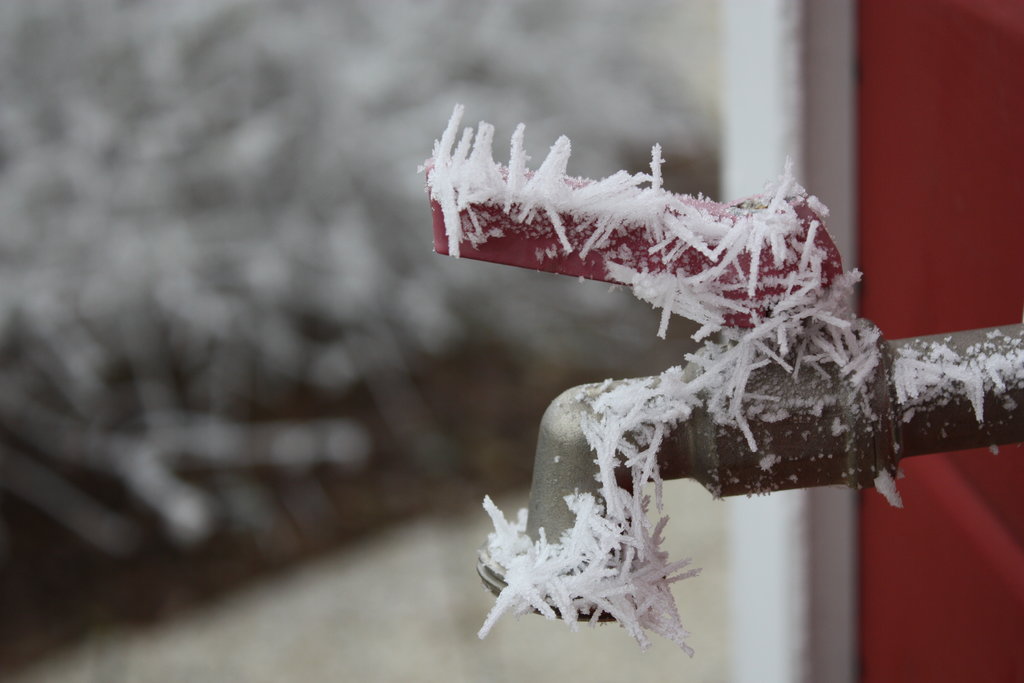
By insulating your home, you will not only be kept warmer as it will reduce the heat loss, but it will also lower your heating bills.
There are many different types of insulation that can be done and below are some of your options:
- Roof and loft – this is a simple and effective way to reduce heat loss
- Cavity wall – this process sees the airspace filled with material that inhibits heat transfer
- Floor – you can insulate under your floorboards
- Solid wall – this type of wall lets through twice as much heat as cavity walls do and insulating these will reduce your heat loss.
- Pipes, tanks and radiators – you can insulate pipes and insulate behind radiators to help reduce heat loss,
Fantastic Tradesmen says, “Invest in proper insulation of your walls and roof if you have the budget for it, of course. Such home improvements are a sure way to control the temperature in your home all year round.
“If you live in an area where freezing pipes are an issue make sure to protect yours. If a frozen pipe bursts, it can cost you a fortune in repair, not to mention that damage could extend if not handled on time. You can prepare for the cold days by shutting off outdoor water lines and sprinkler system off.
“Pipes running along the exterior walls could be under risk as well. Sometimes even DIY could work.”
Consider using a water absorber
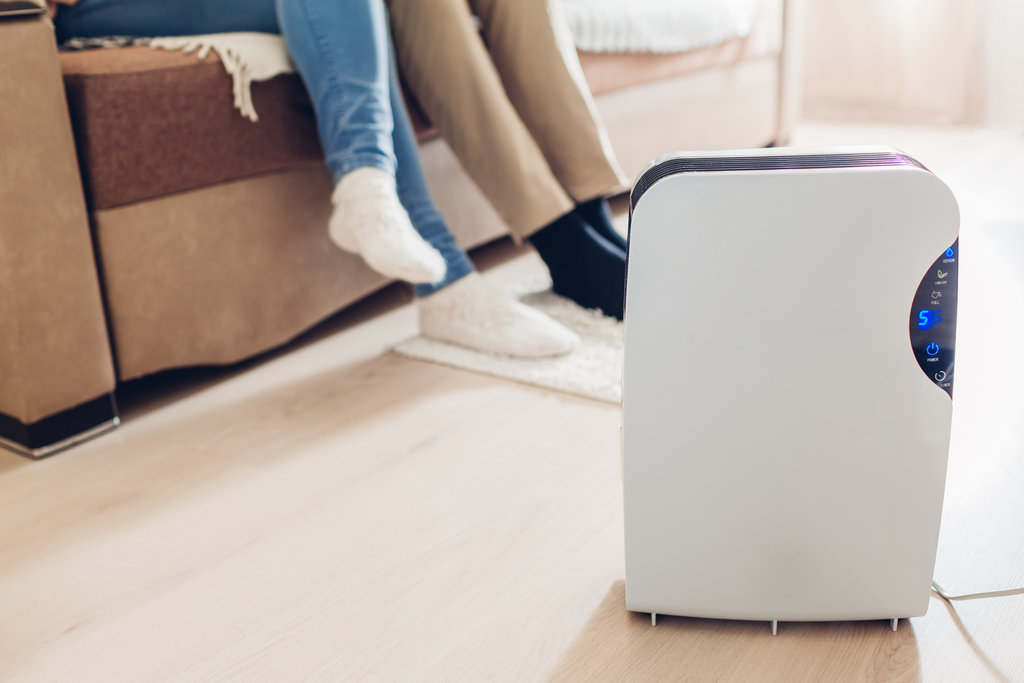
If your home can get damp, then a water absorber or dehumidifier might be a good option for you as it will remove water from the air to a level you choose.
Bobs Handyman Services says that mould can even begin to grow in your home if there is sufficient water in the air.
“If moisture is a problem think about a water absorber. When the air is wet it’s harder to keep it warm and it might also benefit to mould growth. If underestimated, mould can be dangerous and lead to health issues. That’s why I often recommend clients to use a purifier to keep mildew away.”
Use thick curtains or thermal blinds
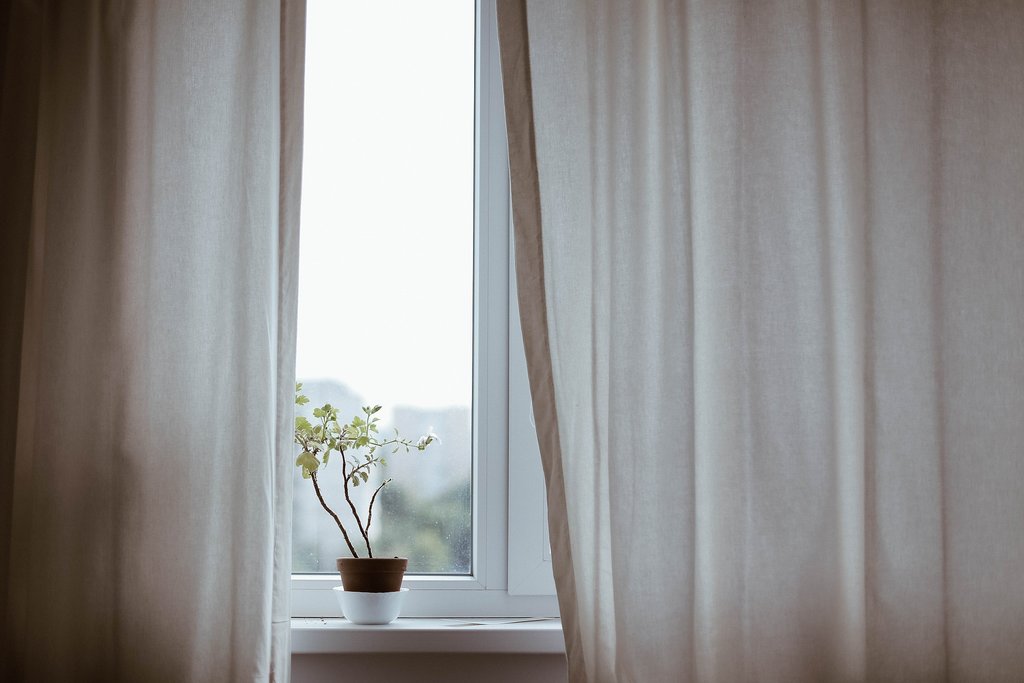
Another great tip to warm up your home is to use thick curtains or thermal blinds and according to a report on the Natural Curtain Company, a study conducted by the Glasgow Caledonian University shows a thick pair of curtains can reduce heat loss through a single pane window by 14%.
Fantastic Tradesmen told us why thick curtains and thermal blinds are a good option for home insulation.
“Thick curtains and thermal blinds provide an easy and cost-effective way to keep your home warm during the colder months. Air kept between your curtains and windows acts as natural insulation.”
Other handy hacks
If you are looking for more affordable ways to keep your house warm, then there are lots of other handy hacks that you can try which will not cost you lots of money.
Antonio from Handymantips.org talks about some of his top tips to keep your house warm.
“If you have a ceiling fan, check if you can reverse its direction. If it runs clockwise, reverse it and it will push heat down.
“Also, to place a shelf right above your radiator will also stop heat from immediately aiming for the ceiling. Of course, you have to leave enough headroom for air to flow. To hang MDF near a heater will pose a risk of a fire.
“And also, while on the same note, one of my favourite hacks is to stick a large piece of tinfoil to the wall, between it and your heater.
“Another neat hack is to get an insulating tape. Surely one of the best investments to help you retain heat where you need it - at home.
“Use your often more often and spend more time in the kitchen. To leave to oven open is yet another small hack that can make a difference. If you and your family or roommates spend the late evening in the kitchen while one (or all) cooks - you will fight cold.”
This news article is from Companion Stairlifts. Articles that appear on this website are for information purposes only.

